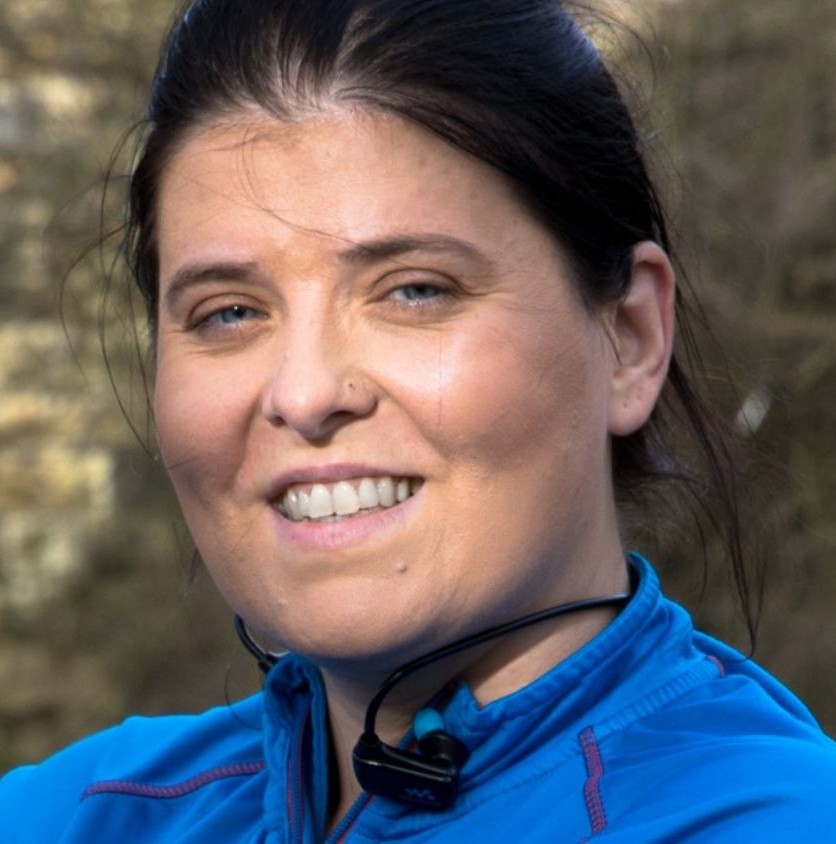
Meet the people who helped save their own life by floating to live - and share them with your friends and family.


This advice is useful to everyone, however you use the water. It has helped save the lives of more than 50 people in all sorts of situations. From children in rip currents to runners falling into canals, from people swept out by waves, to fisherman falling overboard.
The best way to float is to tilt your head back with your ears submerged. Try to relax and breathe normally. You can gently move your hands and legs to help you stay afloat if you need to. Spread your arms and legs out to improve stability – and it's OK if your legs sink, we all float differently. Once your breathing is under control, call for help or swim to safety. Practise floating in a supervised location like a swimming pool.
However you end up in the water, if you end up in difficulty, Float to Live.
Tilt your head back
submerging your ears.
Relax
and control your breathing.
Move your hands and legs
to help you stay afloat.
Your legs may sink - that's OK
everyone floats differently.
Practise floating
Float to Live saved my life
Meet the people who helped save themselves from danger by remembering to Float to Live.






This Float to Live Toolkit could save lives. The only thing it needs is you. Download and share these resources.
Make sure your loved ones know what do if they get into difficulty too. Help them learn how to float.
When in cold water (anything below 15°C), your body can go into cold water shock. If this happens, you lose control of your breathing and movement. Cold water shock also causes your heart rate and blood pressure to quickly increase, which can lead to cardiac arrest.
The average sea temperature around the UK and Ireland is just 12°C. Inland waters like lakes, rivers, lochs and reservoirs can be colder - even in the summer.
Remember, if you find yourself in difficulty in the water, Float to Live.
Rip currents are powerful currents that run out to sea. They can quickly drag you away from the shore and into deep water.
They can be difficult to spot, and it’s easy to get caught out by them. The best way to avoid rip currents is to choose a lifeguarded beach and always swim between the red and yellow flags. You can always ask RNLI lifeguards for advice.

Meet the people who helped save their own life by floating to live - and share them with your friends and family.
